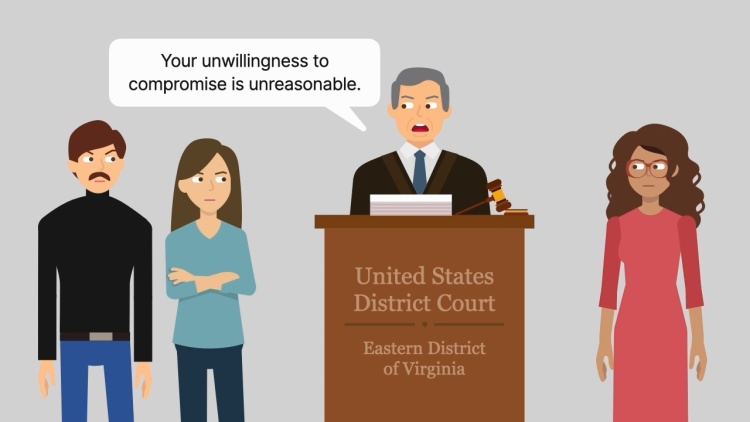Crandell v. United States
United States Court of Appeals for the Fourth Circuit
703 F.2d 74 (1983)

- Written by Sean Carroll, JD
Facts
Scott and Linda Crandell (plaintiffs) brought a medical-malpractice suit against the United States government (government) (defendant) based on the actions of staff members at Quantico Naval Hospital. At a bench trial, the plaintiffs called a medical expert witness. The trial judge interjected numerous times during the plaintiffs’ direct examination of the witness, openly questioning the validity of the expert’s testimony, even at times in a mocking tone. For example, the trial judge said to the expert, “[M]y, my, my, Doctor, you are the first doctor in all my 80 years that ever told me substantive symptoms . . . didn’t mean a thing to you.” Later, the judge also said, “Well, I am sure if I had my right arm cut off you can tell me I am missing my right arm. I am conscious of that.” The government called its own medical expert witness, Dr. Lehman. The trial judge’s interjections during the plaintiffs’ cross-examination of Lehman made effective cross-examination very difficult. At various times, the trial judge did not allow Lehman to answer certain questions asked by the plaintiffs. The district court found in favor of the defendants, based mostly on Lehman’s testimony. The plaintiffs appealed, arguing that the trial judge had predetermined the outcome of the case and that his conduct deprived them of a fair trial.
Rule of Law
Issue
Holding and Reasoning (Sprouse, J.)
What to do next…
Here's why 899,000 law students have relied on our case briefs:
- Written by law professors and practitioners, not other law students. 47,000 briefs, keyed to 994 casebooks. Top-notch customer support.
- The right amount of information, includes the facts, issues, rule of law, holding and reasoning, and any concurrences and dissents.
- Access in your classes, works on your mobile and tablet. Massive library of related video lessons and high quality multiple-choice questions.
- Easy to use, uniform format for every case brief. Written in plain English, not in legalese. Our briefs summarize and simplify; they don’t just repeat the court’s language.





